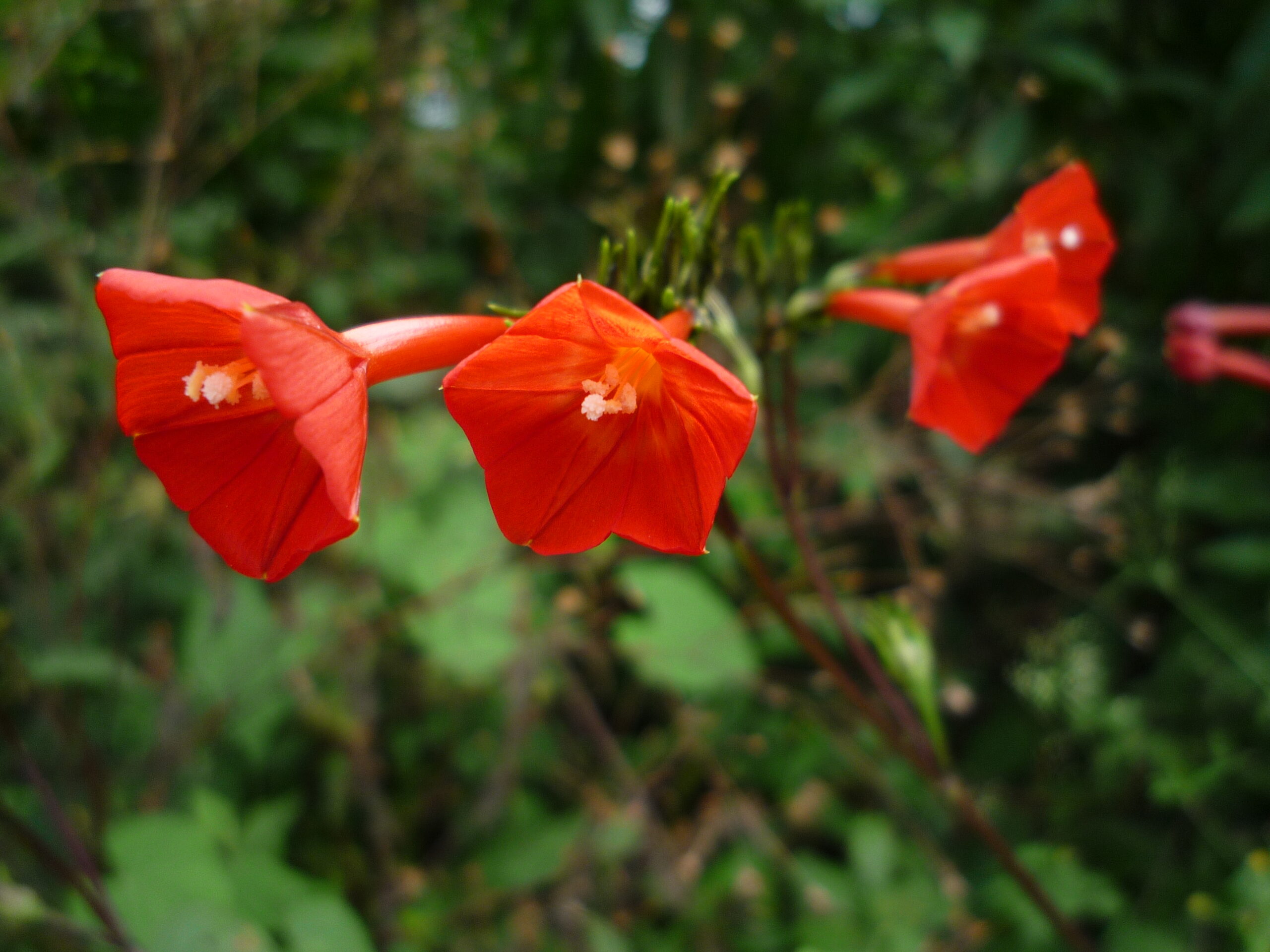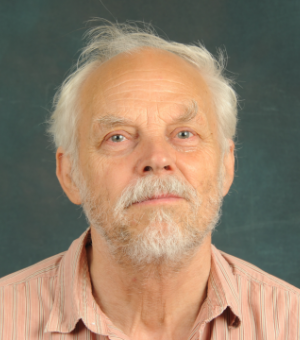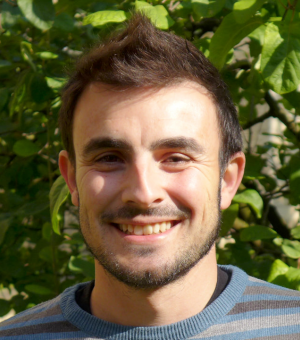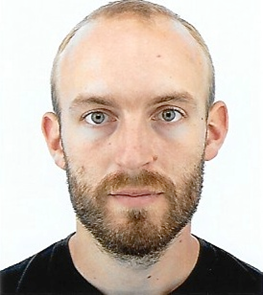The Ipomoea Project is a collaborative research initiative focused on the taxonomy and evolution of Ipomoea, the largest genus in the Convolvulaceae family. The project integrates molecular phylogenetics, herbarium and field studies, and historical data to clarify species relationships, identify new taxa, and investiga several evolutionary patters such as long-distance dispersal or storage root development.
A key aspect of our research is understanding the evolutionary history of Ipomoea batatas (L.) Lam., the sweet potato, and its wild relatives, shedding light on its domestication and global spread.
Through comprehensive research and international collaboration, we aim to enhance taxonomic accuracy and conservation efforts for this ecologically and economically significant group of plants.
This website has been designed primarily as a platform to make available the databases that underlie the project, both taxonomical and chorological, as well as molecular phylogenies and tools to help identify Ipomoea species worldwide. What you see now is the Ipomoea Project website 2.0, a renewed site with a more modern look and better integration with global biodiversity databases. This is continuously updated and, as such, must be considered work in progress.

The team
Our work on Ipomoea started at Oxford over a decade ago. Since then, many researchers worldwide have collaborated in the project.

Robert W. Scotland
University of Oxford, United Kingdom

John R.I. Wood
University of Oxford & Royal Botanic Gardens, Kew, United Kingdom

Pablo Muñoz-Rodríguez
Universidad Complutense de Madrid, Spain

Tom Carruthers
University of Michigan, USA

Alex Sumadijaya
Badan Riset dan Inovasi Nasional RI, Indonesia

Tom Wells
Royal Botanic Gardens, Kew, United Kingdom

Zoë A. Goodwin
Royal Botanic Garden Edinburgh, UK
Enoc Jara Peña
Universidad Nacional Mayor de San Marcos, Peru

Ivalú Cacho
Universidad Nacional Autónoma de México – Instituto de Biodiversidad

David Espinel Ortiz
Universität Bonn, Germany

Project member
Description

Project member
Description
Collaborators
Our work would not been possible without many collaborators from all over the world. We are truly grateful to all those below for their help and contribution to our research.
- Collaborator 1
- Collaborator 2